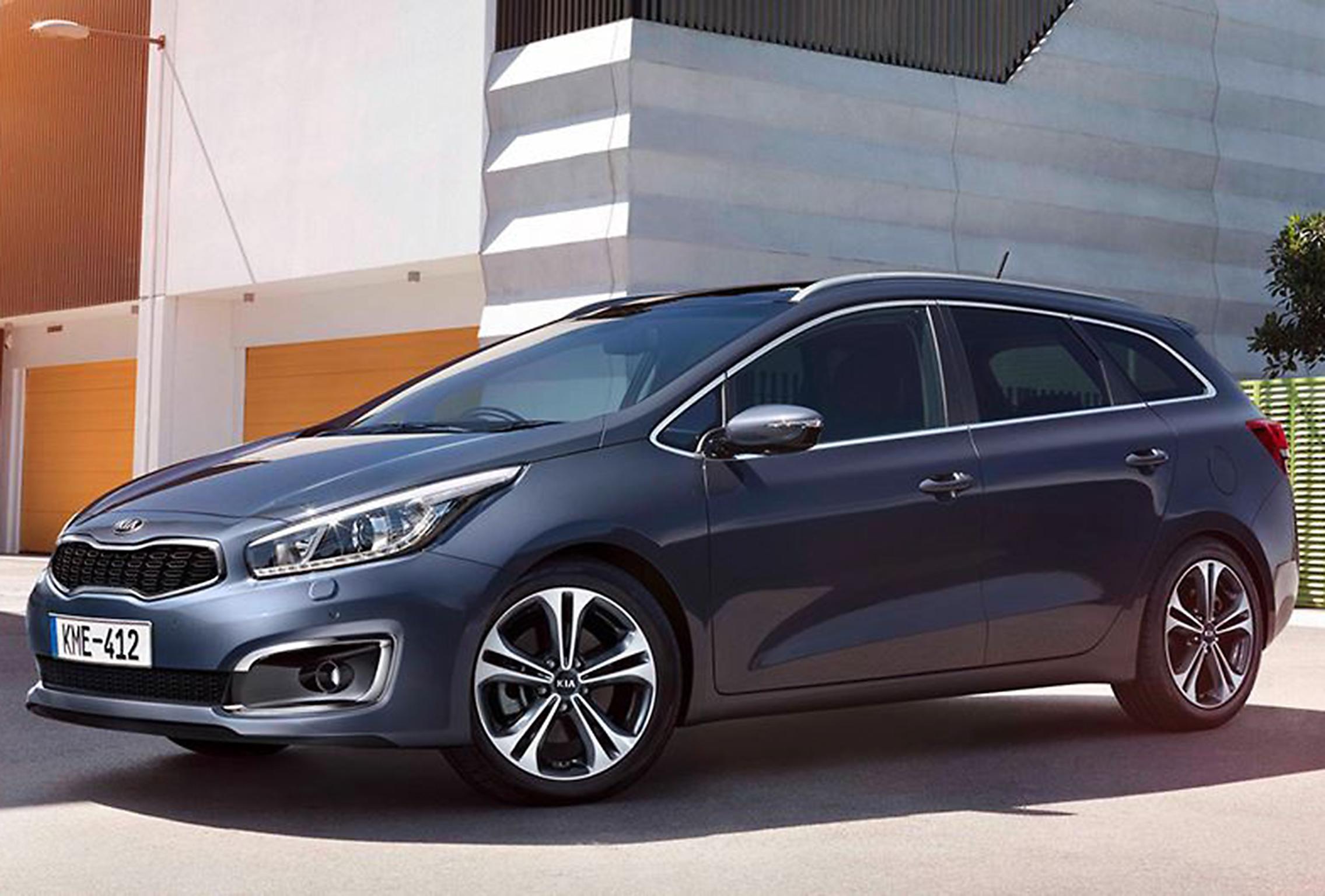Car Review: Kia cee'd Sportswagon
Can the latest from Kia take on the VW Golf and the Ford Focus at their own game?

What happens if you take the standard engineering spec for a car in the Golf/Focus class, you kit it out with good quality trim and materials, you have it styled in Frankfurt by an ex-Audi designer, and then build it in a greenfield site in Slovakia, at a rather lower cost than many in western Europe.
You get a Kia cee’d, is the answer to that. This strong contender in the class – only let down, as ever, by its still (a little) unfamiliar South Korean maker’s badge – has been around for about a decade now, with new generations and tweaks livening things up every so often. Here’s the latest iteration of this likeable family hatch – an estate, or Sportswagon in Kia-speak, with an advanced small but powerful turbocharged 1.0 litre three cylinder petrol engine. In other words, fully up to date with its principal competitors.
That Audi-esque styling works well, and my example was given a sporty styling pack, that added some funky “Ice Cube” daytime running lights at the front and well-judged chrome and aluminium accents around the flanks, plus big alloys, naturally.
This Kia sounds thrummy, just like every other three-cylinder motor out there, and there are quite a few now. I am a little suspicious, if I am being frank, about such technological steps forward, for the simple reason that not all such developments “work first time”. If you think back to the earliest examples of anything really, from vacuum cleaners to laptops, you can see how the pace of improvement from the first to the second or third generation is much faster than for subsequent generations. Like, say, “clean” diesels, which, as we all know, have become a choking disappointment in their first applications. They are probably better now.
The spec
Price: £21, 220
Engine capacity: 1 litre 3-cyl petrol
Power output (bhp @ rpm): 118@6,000
Top speed (mph): 116
0-62 mph (seconds): 11
Fuel economy (mpg): 54.3
CO2 emissions (g/km): 120
BIK (%): 19
Back to the Kia, then. The engine does deliver more power at low revs than its small size would suggest, but it still needs a little chivvying along; so yes, you do have to rev it and use the six-speed gearbox to get the most from it.
It’s not so great as an estate, as it falls into the modern trap of trying to be a coupe as well as a proper estate car, and so the capacity at the back is compromised by the rakish styling (again, rather an Audi kind of thing to be doing). There’s about 500 litres of space in the back with the rear seats up; a maximum of about 1,600 litres floor to ceiling with the back seats down.
Looked at another way, as a slightly elongated version of the usual family hatch, though, and it makes more of a case for itself. Years ago, in the days when you could walk into a Kia dealership with a £1 deposit and take away a new car, they had a similar idea with the original Rio, unloved at the time and forgotten now. It was a bit too “Korean” for some, I guess.
Times change, of course, and Kia has settled into the European mainstream. As noted before, Kia were keen, in establishing a European base, to ensure their vehicles matched European ideas of taste and fashion, and you can see that from how many of the interior fabrics and materials could be found just as easily on, say, a Toyota or a Skoda.
It isn’t quite as comfortable and accomplished inside as its bigger sibling the Optima, which I reviewed recently, but it’s perfectly acceptable and competitive.
If you covered the badge on the steering wheel, few would be able to tell it apart from its more well-known competition. Plus, you get a seven-year warranty on many of the moving parts, five years for paintwork and 12 years for rust (not counting paint chips and dents), which may add to your peace of mind.
One of few sorrows you have as motoring journalist is so many people simply opt for a VW Golf as a default choice for their personal transport – despite the vast and varied range of alternatives out there, many of which would add something to their quality of life, or their bank balance.
I can’t pretend the Kia c’eed Sportswagon is going to be that radically a different experience to a Golf, but surely it deserves a test drive? Just for the thrummy engine. If you do decide to go for one, I’d tend towards a lightly used example, so you don’t take the initial depreciation hit. Kias aren’t cheap any more, but they can still be good value, and happy companions.
Subscribe to Independent Premium to bookmark this article
Want to bookmark your favourite articles and stories to read or reference later? Start your Independent Premium subscription today.

Join our commenting forum
Join thought-provoking conversations, follow other Independent readers and see their replies